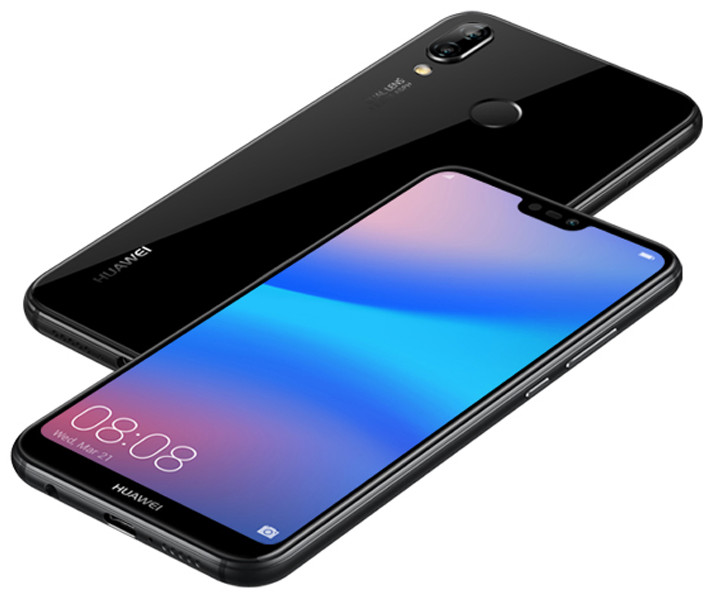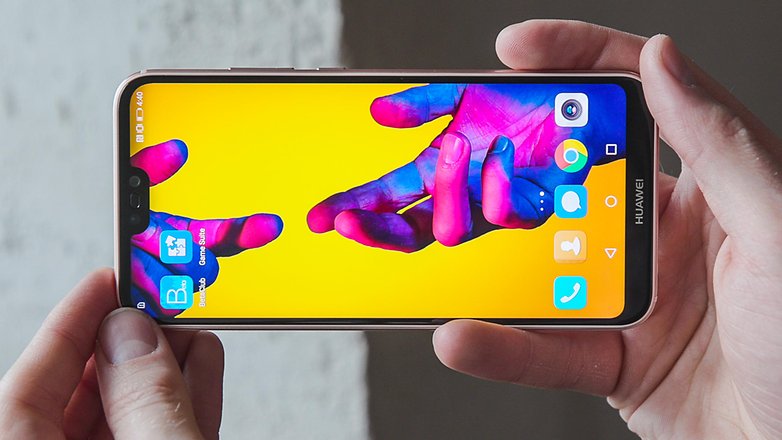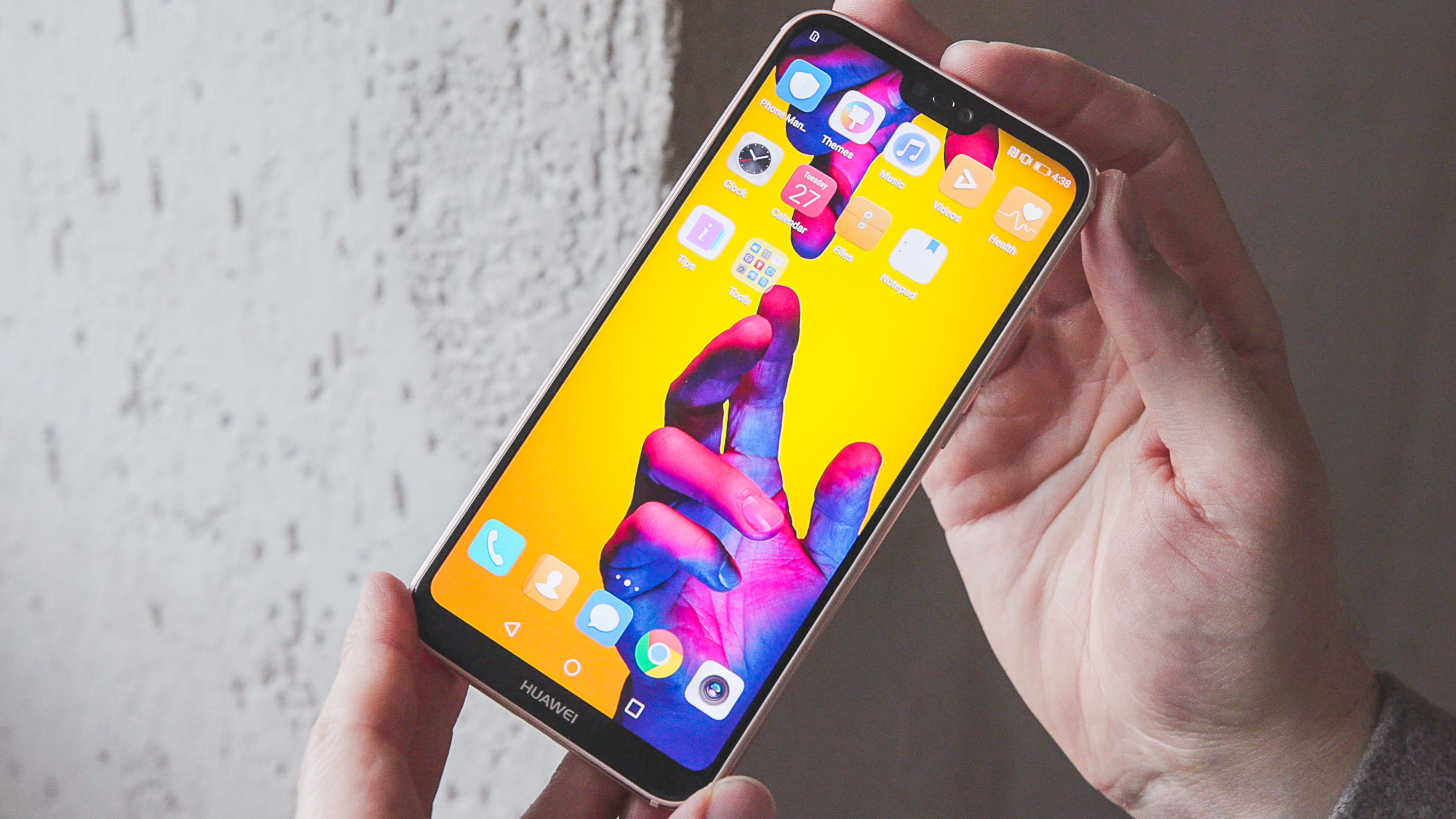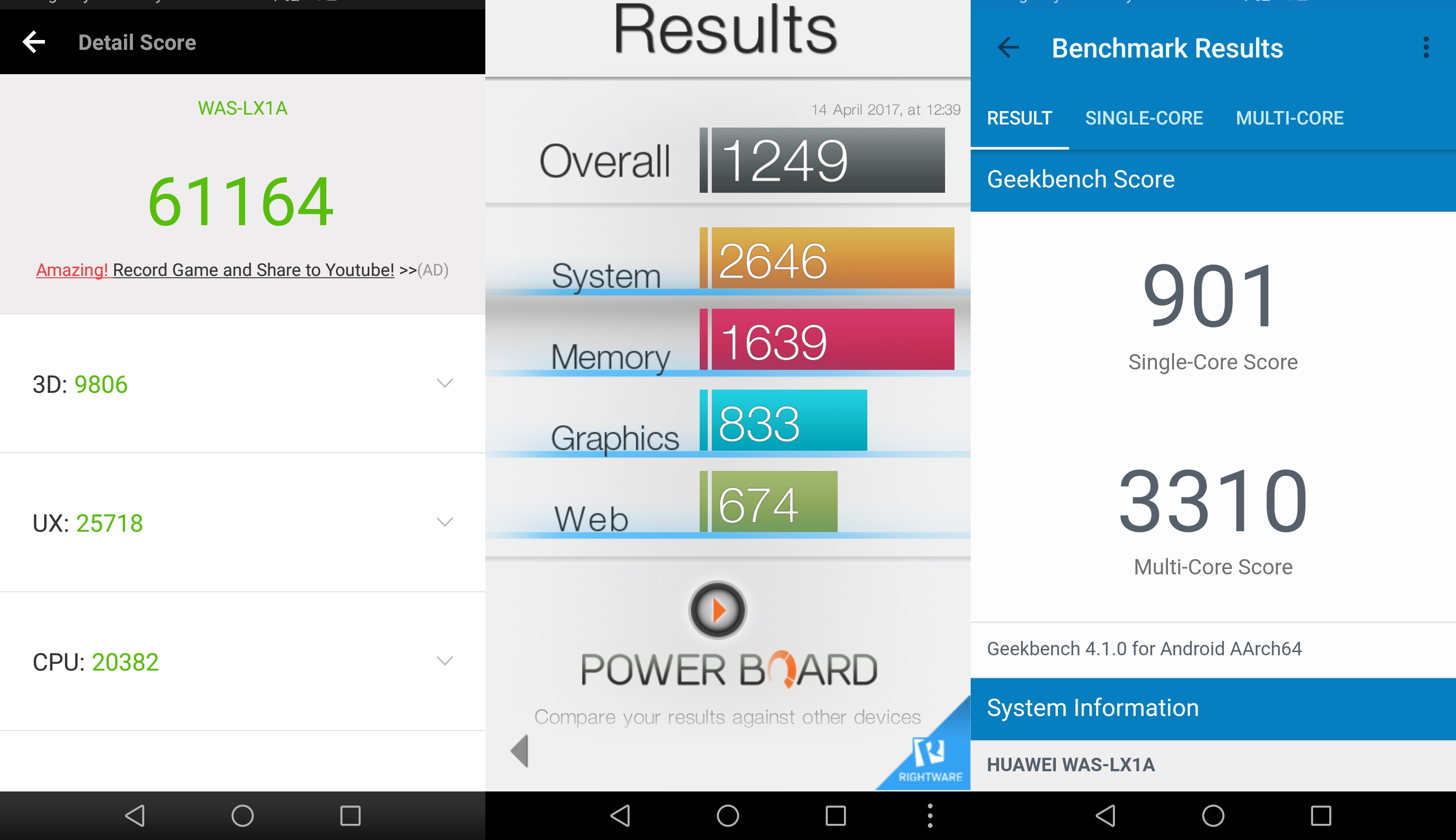
Our Verdict
The Huawei P20 Lite
PROS
Bright Display
Well-tuned camera
CONS
Aged hardware
Poor battery
Huawei P20 Lite 64GB
Huawei made a comeback last month to the Indian smartphone market with the flagship Huawei P20 Pro with three cameras at the back, and the toned-down, but similar-looking P20 Lite. While the P20 Pro set a benchmark for the smartphone camera, the Huawei
Design

Another best Phone from Honor: Honor 9 Lite Smartphone another mid-range device Review
The iPhone X

The notch, however, isn’t omnipresent. Huawei gives an option to hide it by simulating a black patch over it. The area still houses the notification badges and the network icons, but the content doesn’t take up the extra space. Note that by ‘removing’ the notch, you will be giving up roughly 0.2-inches of screen real estate.
But enough about the notch. Turn the phone around and you will be greeted by a vertically aligned dual camera setup placed raised above the glass body. Huawei’s colour choices are interesting. The phone is available in a deep midnight black which we received for the review. It’s akin to the iPhone 7’s Piano Black variant but with a slightly glossy glass body. There’s also a blue and pink colour variant along with a new twilight variant that can change colours based on the angle you’re looking at. Unfortunately, the twilight variant is not available in India. Hopefully, Huawei will introduce it soon.
As mentioned above, the phone does have a glass body, which requires it to be handled very carefully. Once again, the design choice of putting a glass back is somewhat pointless. Apart from better aesthetics, glass back is used to facilitate wireless charging. The P20 Lite has no such provision. As a result, it comes off being intentionally brittle. One drop might shatter the back and take away all the beauty the phone boasts of. The frame, however is made of solid aluminium. It’s polished to give a smooth finish that adds to the elegance. The phone uses a USB-Type C
All said and done, the P20 Lite is one of the most compact full-screen phones out there right now. It fits a 5.84-inch display in a 5.85-inch body which makes it score high on ergonomics. It feels nice to hold and the finger can reach the other end of the display quite easily. There’s nothing to complain about Honor’s craftsmanship save for the reasons behind certain choice of materials.
Display

Huawei does offer a lot of options to tweak the display though. You can cycle between a cooler and warmer colour temperature, but you’re better off sticking to the default option. There’s a blue-light filter, which has become more or less standard across smartphone. What’s interesting is that you can switch between 720p and 1080p resolution. Dialling down the resolution helps save battery. There are also options to tweak the text size and font as well as the above-mentioned option of hiding the notch. However, even after hiding the notch, you can still make out its presence as the panel is LCD which cannot selectively turn off pixels to achieve full black.

Videos and photos on the display are rich and well-detailed. The sharpness is also commendable. The colour temperature by default is a little on the cooler side, but that doesn’t come in the way of enjoying content on the screen.
Performance

The same is evident in benchmark results. The P20 Lite registers an AnTuTu 7.0 score of 88282 which is way lesser than the Redmi Note 5 Pro's score of 112652. It proves that despite being priced higher, it cannot match up to the performance of more affordable devices. The CPU performance of the phone is also lesser than the current industry average, although the phone can hit a max clock speed of 2.36GHz which is higher than any other mid-range chipsets currently. However, clocking that high a frequency will require a lot of computational load for a long duration. Also, at full power, the CPU will drain the battery a lot faster. It’s not the highest frequency that matters when it comes to mobile chipsets, but how efficiently can the CPU allocate the resources and get the job done without stuttering and stumbling.
Speaking of which, the real-world performance of the phone was more or less satisfactory. The EMUI UI on top of Android 8.0 tends to put a lot of load on the processor which does tend to bog down the phone sometimes. Huawei claims to use machine learning to understand the user’s usage habits and tunes the phone accordingly. Frankly, I didn’t see a difference after a week-long use of the phone. There are occasional lags and stutters in the UI and apps take a wee bit longer to launch. Once running, there was no slowdowns or stutters though. Gaming is also quite satisfactory. PubG mobile runs on medium settings and I didn’t encounter any frame drops while playing.
The EMUI
Camera
While the performance aspect of the P20 Lite is underwhelming, it more than makes up for it in terms of imaging prowess. The P20 Lite may not rock the Leica branding like its more expensive elder sibling, but the dual cameras at the back are one of the most effective we have seen in that price range.
The P20 Lite sports a 16-megapixel sensor with f/2.2 aperture and 1.0um pixel pitch along with a 2-megapixel depth sensor. That’s the usual dual camera setup seen in mid-range phones. But Huawei does some magic behind the scenes that makes the colours come out quite vibrant and more or less accurate. The daytime imagery is more than satisfactory with the right amount of exposure and dynamic contrast. Highlights and shadows are well-balanced and comes close to what the Xiaomi Redmi Note 5 Pro
Battery
The P20 Lite is powered by a 3,000mAh battery that just about does the work. When used lightly, the phone will last over a day, but a little stress can drain the battery by the end of a typical work day. Using the phone over a week, I felt the battery drain is higher when taking photos and browsing the internet. Gaming is more optimised. Playing PubG for an hour drained the battery by around 30 percent, which is more impressive than some flagship-grade phones. Huawei claims to use machine learning to tune the battery to eke out more juice, which seems to be the case considering how certain tasks are less stressful for the battery while some are more. However, we can never know for sure. In the PC Mark 2.0 Battery test, the phone lasted around 6 hours, which is decent enough for its price.
The Huawei P20 Lite is a welcome offering at the sub-20K price point. It’s a tad overpriced, yes, but considering the design chops of the phone and the camera, the price is quite justified. Is it better than the Redmi Note 5 Pro? If you consider the value for money, then no. Otherwise, the camera is at par with Xiaomi’s offering. The P20 Lite feels like the younger sibling to the P20 Pro in every sense. They have similar designs and cameras that are class-leading in their own segment. Save for the battery life and the performance, the Huawei P20 Lite can be hailed as one of the better mid-range phones around.

Post a Comment